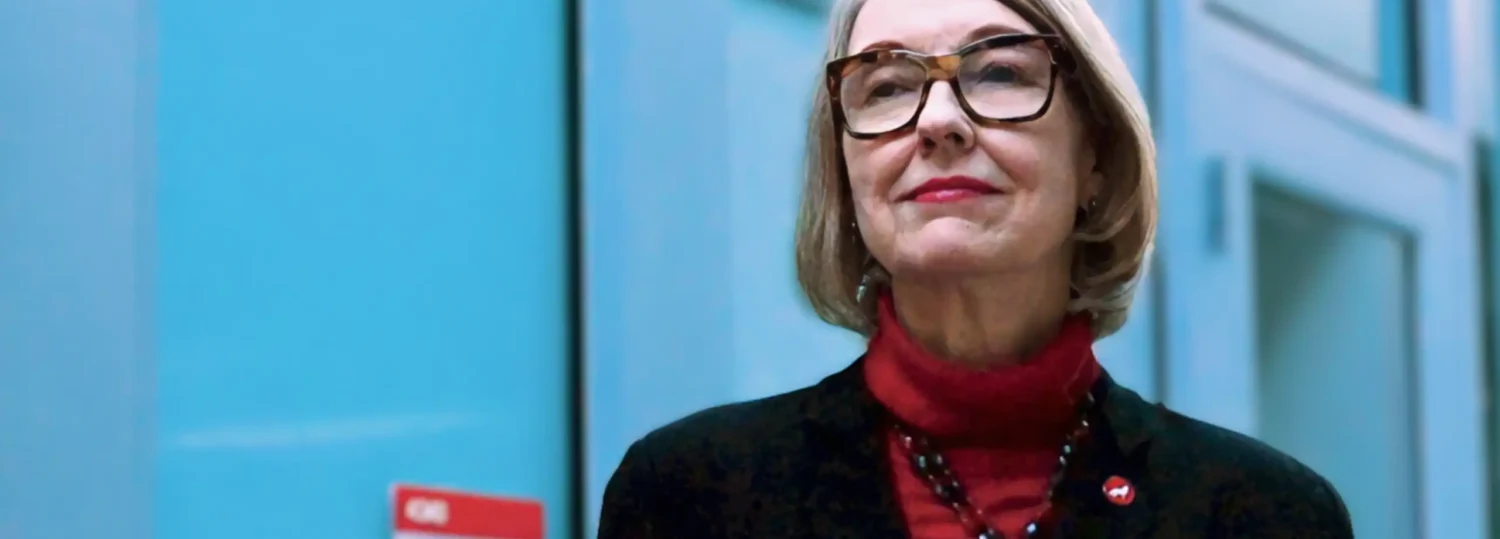“No matter what you’re raising money for the same basic rules apply.”
Wanda Urbanska
Original article by Liz Brody, edited by Francis Dodds at Entrepreneur.com.
Short of running an online scam, how do you get someone to willingly fork over $1 million? The magic happens somewhere between dumb luck and intelligent strategy, says Wanda Urbanska, who does it regularly. She’s the director of development for North Carolina State University’s College of Engineering and brings in large gifts for the school — but she’s also done it for other causes, including her PBS series, Simple Living with Wanda Urbanska.
No matter what you’re raising money for, she says, the same basic rules apply:
Rule 1: Don’t let the zeroes faze you.
“One of the biggest mistakes,” Urbanska says, “is to be intimidated by wealthy donors. Walk into the room as an equal, with the attitude that you’re here to explore an opportunity of philanthropic engagement. Of course you want it to work, but if not, it doesn’t matter.”
Rule 2: Don’t get discouraged.
Urbanska doesn’t take rejection personally. Nor does she give up. One prospect never answered her persistent calls, “but I figured I’d try one more time, and he picked up,” she says. He told her there was no way he would give even $50,000, so she quickly pivoted to ask if he’d ever consider leaving a gift like that after he died, then got him to agree to discuss it over lunch.
At the restaurant, he wanted to know instead what it would cost to endow a professorship. A million dollars, she told him, assuming lunch was over. “He goes, ‘Yeah, I think I could do that,'” she says. “You never know!”
Rule 3: Skip the ‘friend raise.’
A lot of people try to get buddy-buddy with a prospect and then segue into asking for money. But that just comes off as disingenuous, she says. Her advice: Make your intention clear quickly. “I identify myself in the first email as an advisor who helps people achieve their philanthropic ambitions. I’m very upfront.”
Rule 4: Help them help themselves.
Ask donors lots of questions about their lives — and as you listen, look for ways that a donation to your cause helps them. Maybe it’s by honoring a loved one. Maybe it’s by expressing a passion, being part of a community, or paying it forward. Urbanska recently met with a man who said flat out he wasn’t likely to give. But then they got to talking about his mother, and he started crying. “Well,” she said, reaching for a tissue, “if you ever thought about an endowment, you could name it for her.”
Rule 5: Let the donor lead.
When someone shows interest, it’s tempting to push for the close. But that can backfire. Instead, ask permission to take the next step — as in, “Are you okay with me putting a proposal in front of you?” If they say they’re not ready yet, answer, “That’s fine. What information do you need from me? When is it good for me to contact you again?” Now they feel in control.

